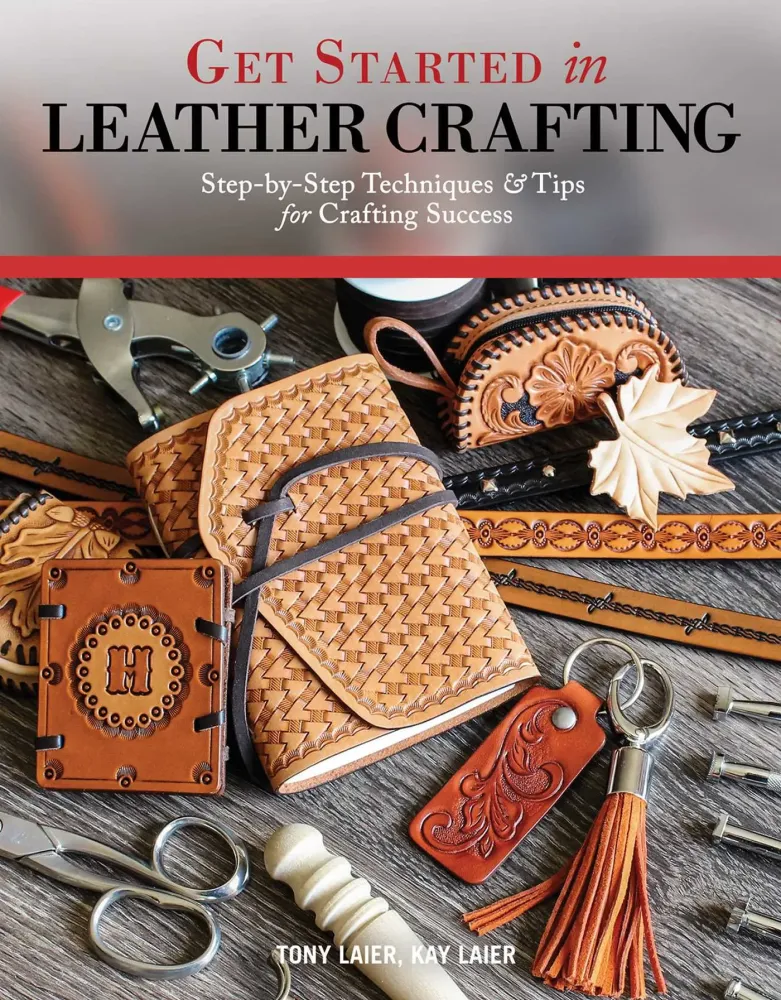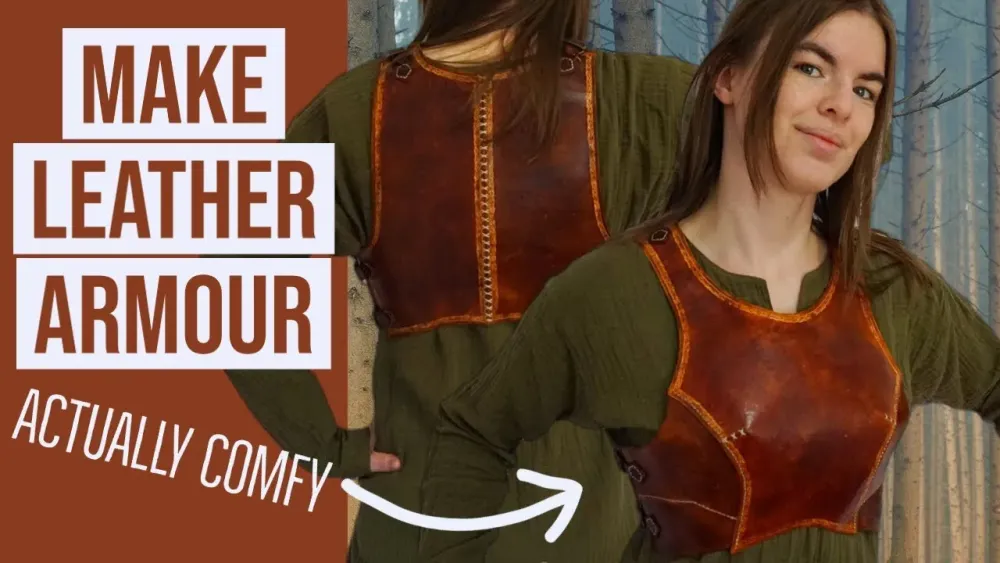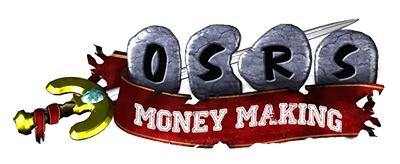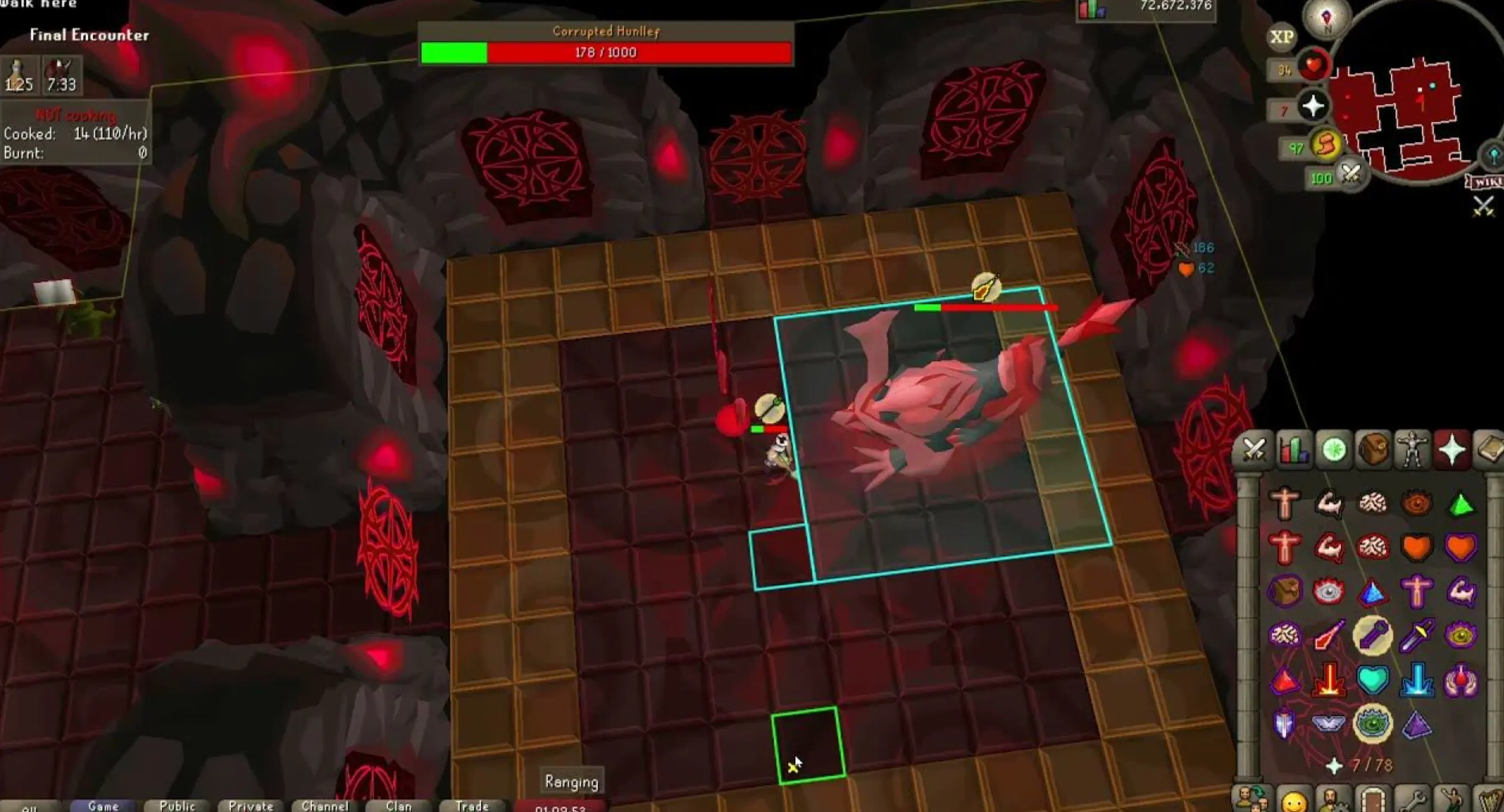Your cart is empty
How to Craft Leather in OSRS

Warning: Undefined variable $post in /home/osrsmoneymaking.guide/public_html/wp-content/themes/kadence/functions.php on line 391
Warning: Attempt to read property "ID" on null in /home/osrsmoneymaking.guide/public_html/wp-content/themes/kadence/functions.php on line 391
Leather crafting in Old School RuneScape (OSRS) is a rewarding skill that allows players to create various items, including armor and accessories. This skill not only enhances gameplay by improving combat abilities and providing unique items but also offers excellent opportunities for profit. Understanding the basics of leather crafting and the materials required is essential for players looking to master this skill and gain an edge in their adventures.
To effectively craft leather items in OSRS, players need several key materials and tools. The primary materials required are hides, which can be obtained from various sources, including the carcasses of animals such as cows, sheep, and leatherback turtles. The most common hides used in leather crafting are:
- Cowhide: Obtained from cows, it is the most accessible hide for beginners and is used to create leather armor and various other items.
- Sheep Wool: While not a hide, sheep wool is essential for crafting items like the woolly hat and can be combined with cowhide to create specific armor pieces.
- Green Dragonhide: A more advanced material, green dragonhide is obtained from green dragons and is used to craft higher-tier armor like green dragonhide armor, which provides significant defensive bonuses.
- Blue and Red Dragonhide: Similar to green dragonhide, these are obtained from their respective dragons and are used for even more powerful armor sets.
In addition to hides, players will need the following tools:
- Knife: A basic tool used to cut hides and create leather items. Any knife will suffice.
- Needle: Used for sewing leather pieces together when crafting items like gloves and boots.
- Thread: Required for sewing leather items. Players can use various types of thread, but the most common is the regular thread obtained from various shops.
Once players have gathered the necessary materials, they can begin crafting by finding a crafting table or using the Crafting skill interface. The process involves selecting the hide and desired item to create, ensuring that players have the required level to craft the item successfully. By mastering the material requirements and crafting techniques, players can enhance their leather crafting skills and create valuable items that will benefit their journey in OSRS.
How to Obtain Leather: A Step-by-Step Guide

Getting leather in Old School RuneScape (OSRS) is a straightforward process, but it does require some effort. Here’s a step-by-step guide to help you gather the hides necessary for crafting leather.
- Choose Your Target Animal:
Different animals yield different types of hides. Common choices include:
- Cows: They drop cow hides, which are easy to obtain.
- Sheep: They drop sheep hides.
- Deer: They provide deer hides.
- Reptiles: Like crocodiles, they give you reptile hides.
- Equip Yourself:
Before you head out, make sure to equip some basic gear. A weapon for combat and armor for protection can make your hunting more efficient.
- Find a Hunting Ground:
Check your map and find locations where these animals spawn. Popular spots include:
- Start Hunting:
Once you’re in position, start attacking the animals. When defeated, you’ll need to collect the hides. Simply click on the corpse and select “Loot.”
- Store Your Hides:
Once you’ve gathered enough hides, store them in your bank or keep them in your inventory for the next part of the process.
And voilà! You now have the necessary hides to turn into leather.
Crafting Process: Turning Hides into Leather
After you’ve successfully gathered your hides, it’s time to turn them into leather. This process is quite simple, and here’s how you can do it step-by-step.
- Get Your Supplies:
To craft leather, you’ll need:
- Locate a Crafting Area:
You can craft leather anywhere, but it’s best to choose a location near a bank for convenience. Good options include:
- Use the Hides:
Open your inventory, select the hide you want to craft, and click on it. If you have a bucket of water, you can wet the hide to turn it into leather.
- Check Your Inventory:
After using the hide, you should see leather in your inventory. Congratulations! You’ve successfully turned your hides into leather.
With your new leather in hand, you’re ready to start crafting some amazing items!
5. Types of Leather and Their Uses in OSRS
In Old School RuneScape (OSRS), leather crafting is a fundamental skill that allows players to create various items essential for both combat and fashion. Understanding the different types of leather available can significantly enhance your crafting efficiency and effectiveness. Here’s a breakdown of the main types of leather and their uses:
- Regular Leather: This is the most basic type of leather. Crafted from cowhides, it can be used to make items like:
- Leather Body
- Leather Chaps
- Leather Vambraces
- Leather Gloves
- Hard Leather: Made by tanning cowhides in a swamp or in a tanner’s shop, hard leather is used for stronger armor pieces such as:
- Hard Leather Body
- Hard Leather Chaps
- Green Dragonhide: This leather comes from green dragons and is a popular choice for higher-level players. It’s used to craft:
- Green Dragonhide Body
- Green Dragonhide Chaps
- Green Dragonhide Vambraces
- Blue, Red, and Black Dragonhide: These are similar to green dragonhide but offer better defensive bonuses. They are used for crafting:
- Blue, Red, and Black Dragonhide Armor sets
- Various vambraces and gloves
Each type of leather has its unique properties and benefits, making them suitable for different gameplay styles—from casual skilling to intense PvP battles.
6. Tips and Tricks for Efficient Leather Crafting
Crafting leather in OSRS can be a rewarding experience, especially if you know how to maximize your efficiency. Here are some handy tips and tricks to help you streamline your leather crafting:
- Smithing and Tanning: Always have a stock of cowhides and a good tanning location. The closest tanner is usually in Al Kharid, making it a popular spot.
- Use the Crafting Guild: If you’re level 40 in Crafting, consider using the Crafting Guild. It has a bank nearby, making it easier to store and retrieve materials.
- Utilize the Best Tools: To craft leather items efficiently, make sure you have the best tools available. A needle and thread are essential for most leather crafting tasks.
- Train Crafting with Leather: Focus on crafting leather items as they require minimal resources and can be a great way to level up your Crafting skill. Consider making items like leather gloves or chaps for quick experience.
- Consider Quests: Some quests offer Crafting experience and can unlock items that require leather crafting. Don’t overlook these opportunities!
By following these tips, you’ll not only improve your leather crafting skills but also enjoy the game more as you create and wear your unique leather gear.
Common Mistakes to Avoid When Crafting Leather
Crafting leather in Old School RuneScape (OSRS) can be a rewarding experience, but it’s easy to make mistakes that can slow down your progress or waste resources. Here are some common pitfalls to watch out for:
- Not Checking Your Level: Always ensure you have the required crafting level for the leather item you want to make. Trying to craft an item beyond your skill level can lead to frustration.
- Ignoring the Profitability: Some leather items can be more profitable than others. Before you start crafting, do a quick market check to see which items are in demand and can net you a good profit.
- Overlooking Materials: Make sure you have enough materials before starting your crafting session. Running out mid-way can be a huge waste of time.
- Using the Wrong Tools: Always use the correct tools for crafting. A needle, thread, and the right type of leather are essential for successful crafting.
- Neglecting Experience Boosts: Don’t forget to take advantage of experience boosts like potions or the Crafting Guild. These can significantly speed up your skill progression.
- Failing to Bank Efficiently: When you’re crafting, it’s easy to get caught up in the process and forget to bank your items efficiently. This can lead to inventory clutter and wasted time.
By being aware of these common mistakes, you can streamline your leather crafting and make the most out of your time in OSRS.
Conclusion: Mastering Leather Crafting in OSRS
Mastering leather crafting in Old School RuneScape is not just about leveling up your skills; it’s about understanding the intricacies of the game. Here’s a quick recap of what you need to remember:
- Know Your Materials: Familiarize yourself with the different types of leather and their uses. This knowledge will help you craft more effectively.
- Utilize the Right Locations: Crafting in the right locations can save you a lot of time. The Crafting Guild, for example, offers numerous benefits for crafters.
- Stay Informed: The game is always evolving. Keep an eye on updates and changes to crafting mechanics and market trends.
- Practice Makes Perfect: The more you craft, the better you’ll get. Don’t shy away from crafting lower-level items to build your skills.
By avoiding common mistakes and following these tips, you’ll be well on your way to becoming a master leather crafter in OSRS. Happy crafting!
Warning: Undefined variable $post in /home/osrsmoneymaking.guide/public_html/wp-content/themes/kadence/functions.php on line 391
Warning: Attempt to read property "ID" on null in /home/osrsmoneymaking.guide/public_html/wp-content/themes/kadence/functions.php on line 391

